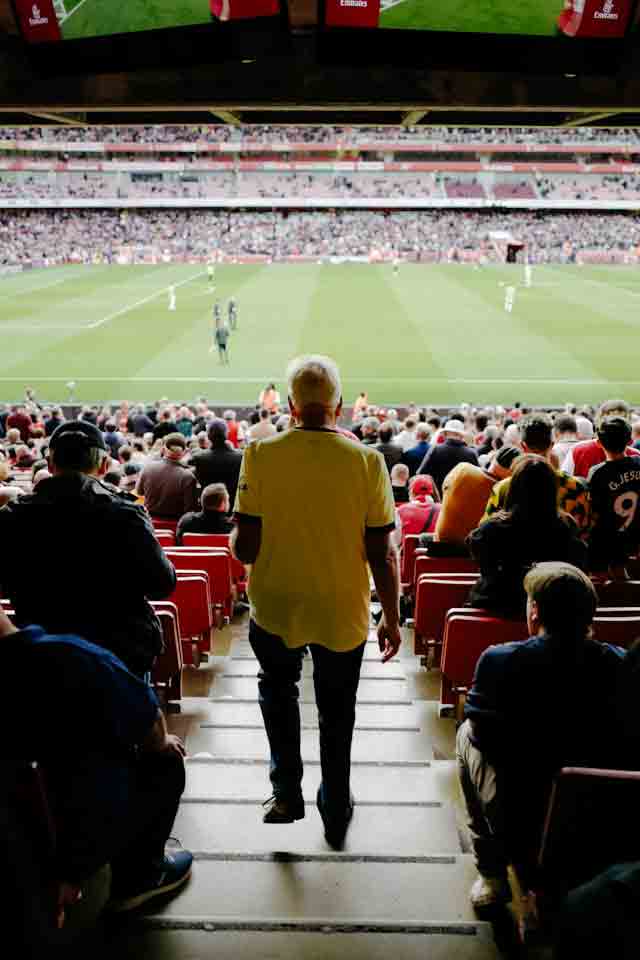
Package trip or tickets
Choosing between a full package or just tickets depends on how much of Rome you want to explore beyond football. Complete packages work well for first-time visitors who want everything organized, including airport transfers, centrally located hotels, and sometimes guided tours of the Colosseum or Vatican. Ticket-only options suit travelers who prefer flexibility to explore Rome at their own pace or who have specific accommodation preferences. Many packages strike a middle ground, offering tickets with recommended hotels and optional extras like pre-match dining experiences. The advantage of packages often lies in the local knowledge operators provide, from restaurant recommendations to the best routes to the stadium on match day.
Roma's rivalries
The Derby della Capitale against Lazio splits Rome down the middle and ranks among world football's most intense rivalries. These matches transform the city into a sea of yellow-red and sky-blue, with both sets of supporters creating displays that can be seen from space. Beyond the local derby, Roma maintains fierce rivalries with Juventus and Napoli, matches that often decide championship races and European qualification. The animosity with Juventus stems from decades of title battles and controversial decisions, while the Napoli rivalry has grown through memorable encounters in Serie A and European competitions. Each rivalry brings its own atmosphere and traditions, making Roma's fixture list a calendar of unmissable occasions for any football lover.
